Demand Response in the Northwest: Part 1
What is demand response and what can it do for our energy system?
What is demand response and how does it work?
The electric power system in the Northwest is undergoing a transformation. As coal plants retire and the region transitions to cleaner sources of variable energy, the grid is becoming more complex to operate. The clean energy transition also necessitates a technological transition – one where customer-side resources like rooftop solar panels, energy storage, and electric vehicles will play a role in meeting customer energy needs and balancing supply and demand. One of the most effective ways to manage the grid is through demand response (“DR” or sometimes referred to as “flexible demand”): voluntary and temporary changes in electricity use.
Energy supply and demand vary widely from hour to hour, meaning energy system costs also vary. But electricity prices (utility rates) change very little in the short term. This does not encourage customers to change their energy use during high-cost periods, resulting in energy system inefficiencies and potentially leading to expensive workarounds such as overbuilding power generation and transmission in order to meet demand. Providing customers with real-time pricing information, requesting changes in energy use, and direct management of equipment like electric heating, air conditioning, and water heating, are ways to more efficiently manage our energy system. Compensating customers for directly or indirectly reducing consumption can avoid the need for expensive peaking resources and additional transmission – reducing costs for individual customers and the system as a whole. Figure 1 shows how one form of demand response works, step by step.
Definitions
peak demand: the highest amount of energy use in a given time frame; also called peak load
flexible demand: energy consumption that can be varied in reaction to an outside signal
variable resource: an energy resource whose operation depends on varying sources like wind or solar
capacity: maximum energy output
customer-side: usually refers to resources that customers can choose to deploy, often with the help of their utility, such as energy efficiency, demand response, distributed storage, or rooftop solar. See real-life examples on our website.
Demand response event: a period of time during which a utility will ask customers (or remotely control their grid-connected equipment) to reduce or eliminate energy use, often in conjunction with an extreme weather event or peak demand time of day.
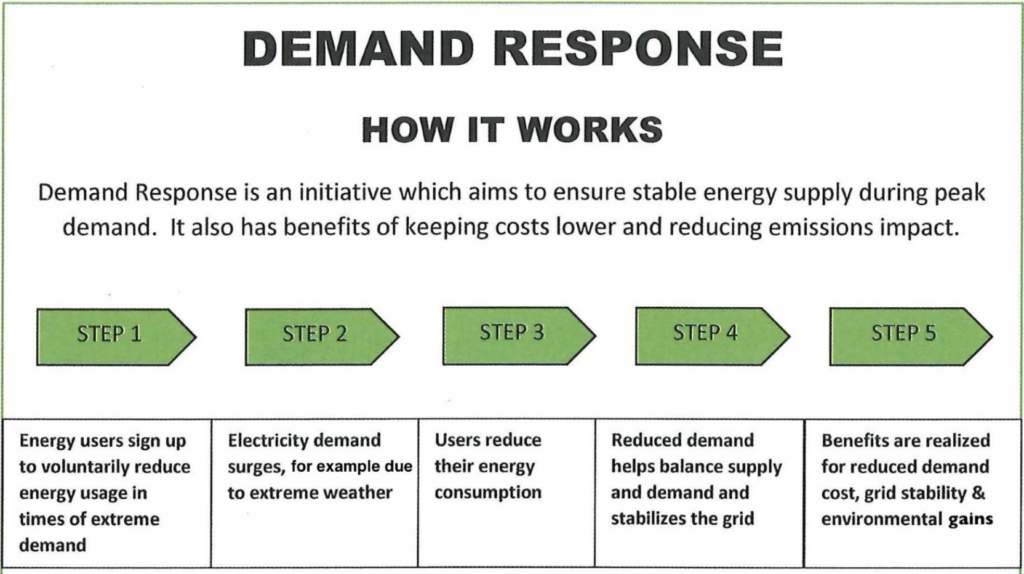
Demand response is not a new idea, but its potential today is much larger than in the past. Two decades ago, demand response was usually considered a tool only for industrial customers with large energy demand. Today, key innovations that use automated controls via radio or internet signals, such as smart thermostats, electric vehicle chargers (Figure 2), and grid-connected water heaters (Figure 3), have expanded the potential for DR to new populations. As mass adoption of these automated technologies occurs, the potential for more effective management of system load will increase.
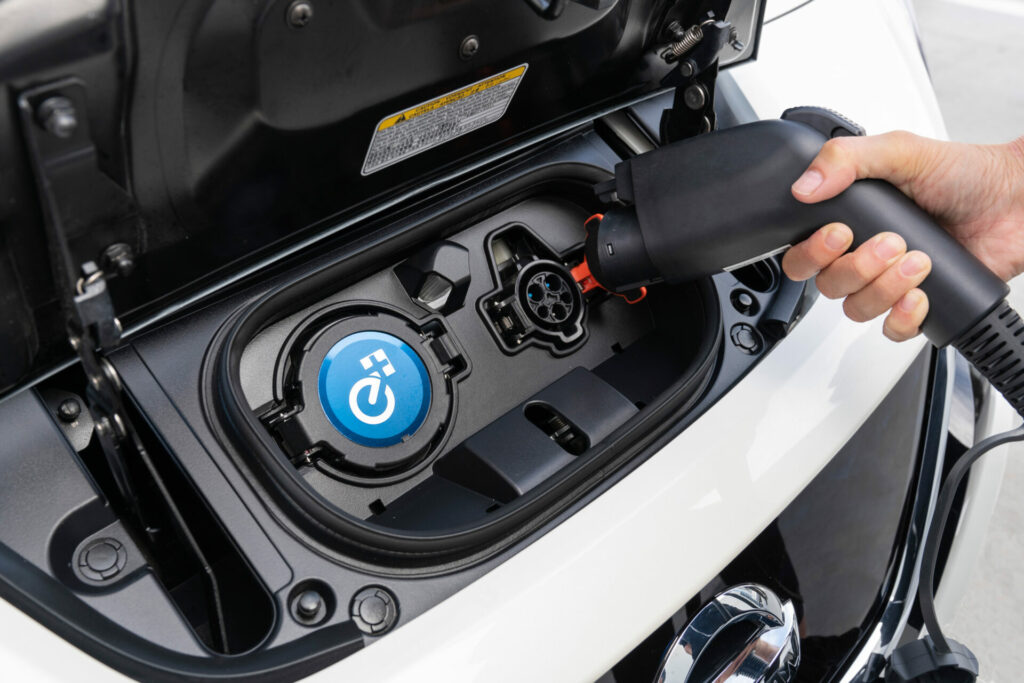
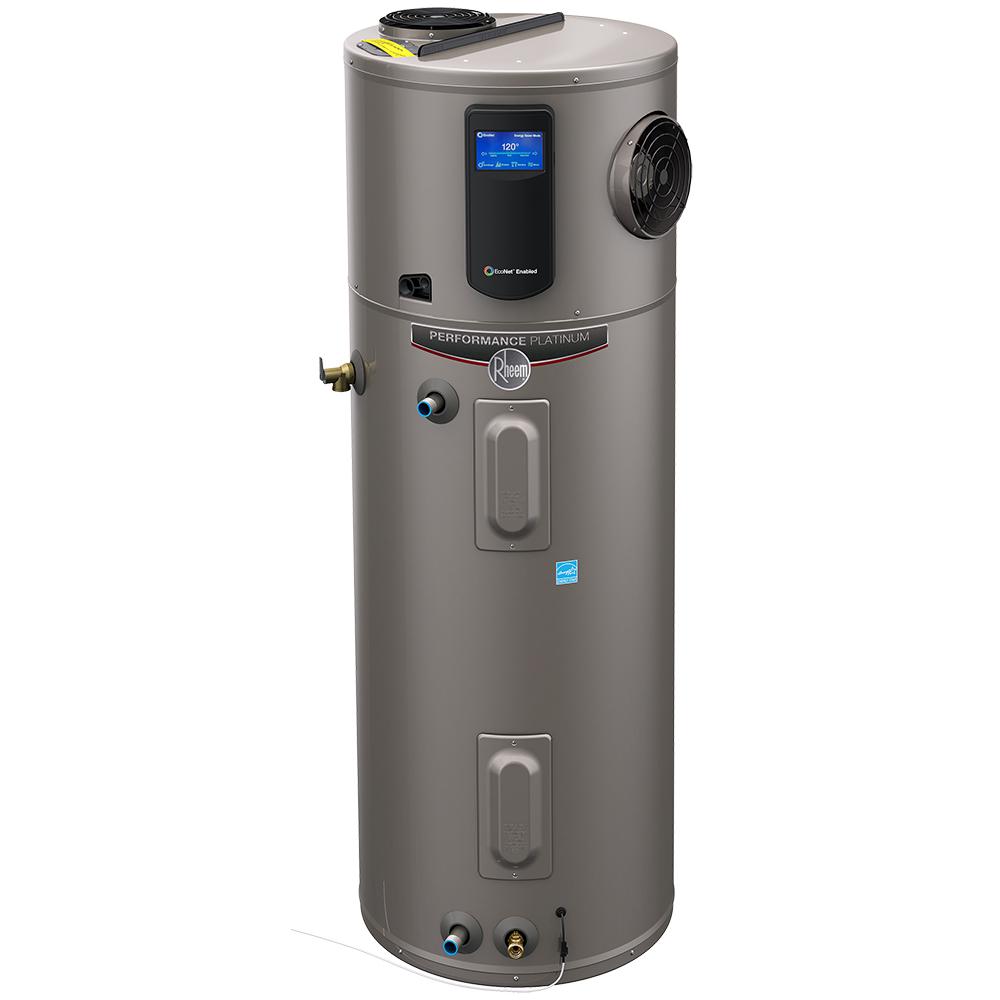
Today’s DR resources involve an essential new element: customer participation and partnership. With full development of DR, all customers have an opportunity to help balance our energy supply and demand, and be compensated just like any other grid service provider. Compensation can vary by the specific DR program, but usually involve rate reductions, bill credits, cash payments, or reduced bills. If DR is deployed thoughtfully and strategically, it can drive a transformational shift in how we operate our energy system and help advance a clean, decarbonized, and equitable energy grid.
The problem and the opportunity
The Northwest’s extensive hydropower provides a lot of flexibility for our power supply and has been the primary resource used to meet peak demand when loads spike due to weather or time of day. As a result, utilities and customers have not worked together to manage peak energy use as much as they could. This will need to change for several reasons:
- The effects of climate change are creating more dramatic weather events in both the summer and winter, resulting in more drastic peak demand like the “heat dome” of late June 2021.
- Hydropower generation already varies a great deal from month to month and year to year, and the effects of climate change are changing precipitation patterns. Therefore, the amount of water and timing of water behind dams is changing, stressing the ability of the hydrosystem to meet peak demand.
- Policies to reduce climate pollution are increasing electricity use – and therefore peak demand – from electrification and decarbonization of buildings and transportation.
As a result, there are major new opportunities for the region to capitalize on the benefits of demand response as we shift our energy system to clean but variable resources like solar and wind. There are two primary purposes for DR: peak load reduction and time-shifting (Figure 4). Until now, the main focus of DR has been on peak load reduction. In the near future, with more wind and solar on the grid, shifting demand to match when there is extra wind and solar supply available – known as time-shifting – will be just as valuable. The collective participation of customers across the Northwest in DR will accelerate the uptake of new renewable energy and keep the grid reliable and affordable.
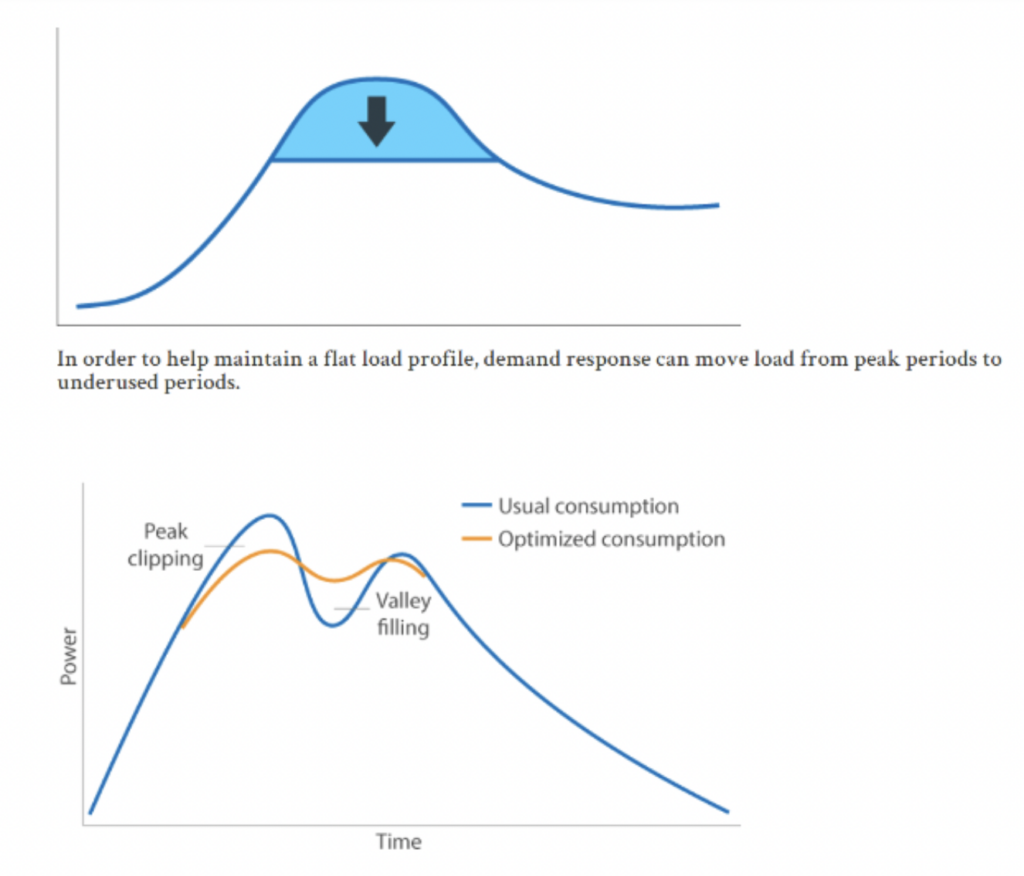
The region is undergoing a rapid transformation away from fossil fuels and towards renewable resources. The Northwest Power and Conservation Council’s 2021 Power Plan recommends the region acquire new resource capacity consisting of 750-1,000 average MW of energy efficiency, at least 3,500 MW of renewable resources, and 720 MW of demand response by 2027. This is a minimum recommendation, with many other scenarios possible (Figure 5). As we replace the capacity from fossil-fuel plants with clean energy technology, demand response can help integrate new renewable resources into the electric system and alleviate capacity and balancing challenges.
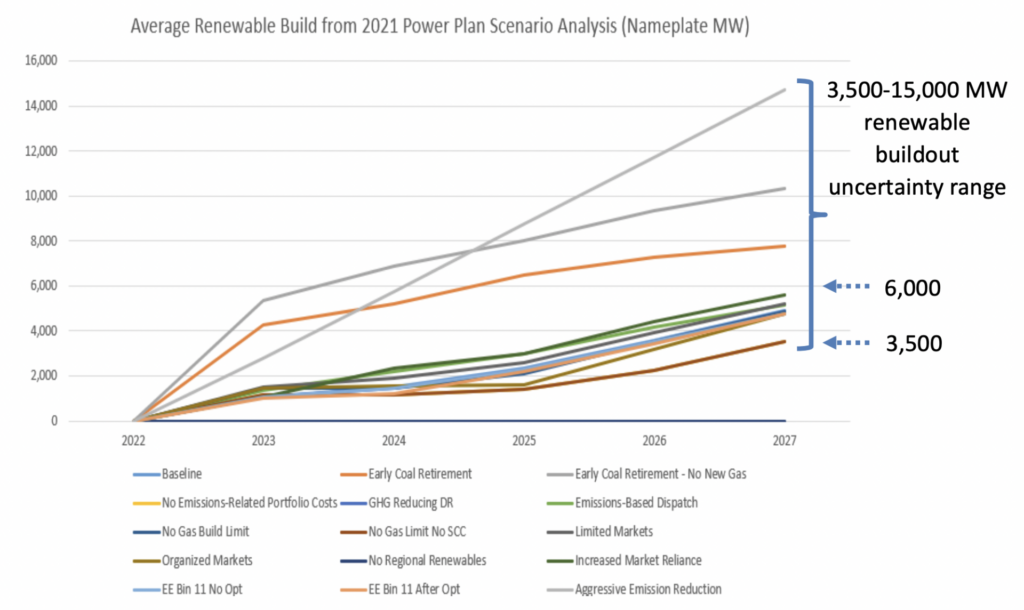
Furthermore, demand response and enabling technologies allow customers more power in their relationship with the energy system. Demand response can facilitate transparency of generation, consumption, or storage that occurs on-site, allowing customers more control of their electricity use and thereby electricity bills. By flattening consumption loads, DR gives customers the ability to influence overall energy system trends, such as reducing the need for new generation resources, which then decreases the costs of the energy system overall. It is imperative that customers are compensated for this value that they bring to the overall energy system.
While technology has the ability to enable many customer-side solutions that will reduce system costs and avoid expensive new resources, it also has the potential to leave vulnerable groups behind. Significant efforts must be made to actively manage demand with the customer’s participation and consent, while avoiding shifting the burden of action to customers. Furthermore, as with any new technology, costs can be high in early adoption phases. We must ensure equitable access to DR technologies and programs.
Demand response is one important piece in the orchestra of the Harmonious Grid that will create a new utility ecosystem.
How much demand response is available in the Northwest?
The Northwest Power and Conservation Council, in the 2021 Northwest Power Plan, estimates at least 2,500 MW of additional winter load reduction potential and 3,500 MW of summer load reduction potential. A large majority of this potential can be achieved in this decade.
With current system peaks in the 30,000 MW range, that means we can reduce peak demand by as much as 10%. This is a major opportunity to improve reliability and system flexibility, keep costs under control, accelerate the uptake of wind, solar, and battery storage, and expand transportation and building electrification.
Achieving the rapid uptake of DR will require a lot of hard work and a clear roadmap to success. As we have seen over many years of building regional energy efficiency to more than 7,000 MW – our second largest resource behind hydropower – if we want it, we can get it.
In Part 2 of Demand Response in the Northwest, we will cover specific demand response programs in the region and how exactly customers are involved.

